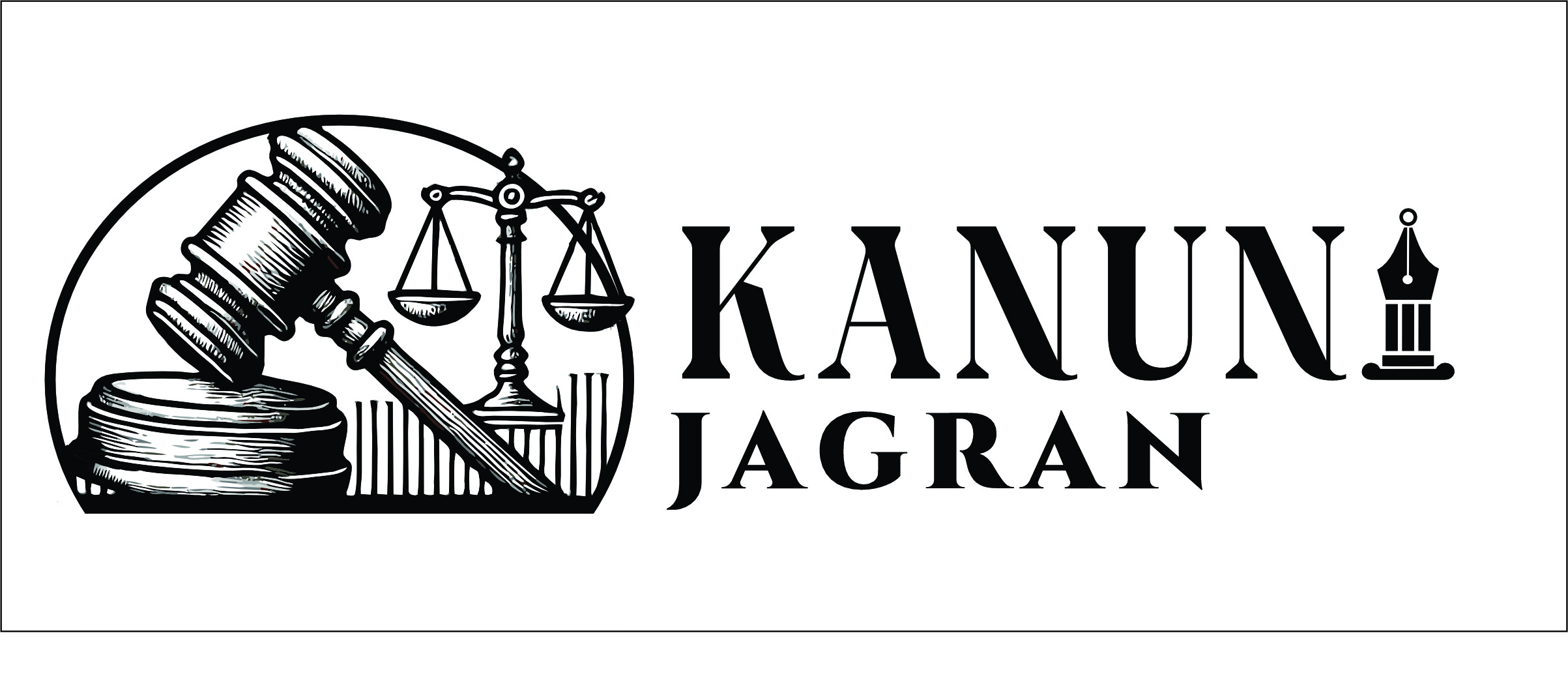Introduction
In India, the right to clean air and water is not just a luxury—it’s a fundamental necessity. With rapid industrialization, urbanization, and population growth, environmental pollution has become a pressing issue, affecting public health and quality of life. Recognizing this, India’s legal system has evolved to safeguard these essential resources.
⚖️ Legal Framework: Right to Clean Air and Water
1. Constitutional Provisions
- Article 21 – Right to Life and Personal Liberty: The Supreme Court has interpreted this article to include the right to a healthy environment, encompassing clean air and water.
- Directive Principles of State Policy: Articles 38, 39, and 47 emphasize the state’s responsibility to promote welfare and improve public health standards.
2. Environmental Laws
- The Water (Prevention and Control of Pollution) Act, 1974: Establishes standards for the discharge of pollutants into water bodies and empowers the Central and State Pollution Control Boards to monitor and control water pollution.
- The Air (Prevention and Control of Pollution) Act, 1981: Empowers authorities to set air quality standards and regulate emissions from industries and vehicles.
- The Environment (Protection) Act, 1986: Provides a framework for the protection and improvement of the environment, including air and water quality.
🏛️ Judicial Interpretations
The judiciary has played a pivotal role in interpreting the right to clean air and water:
- M.C. Mehta v. Union of India (1987): The Supreme Court held that the right to a healthy environment is part of the right to life under Article 21.
- Vellore Citizens Welfare Forum v. Union of India (1996): The Court recognized the polluter-pays principle, holding that industries must bear the cost of pollution control.
- Narmada Bachao Andolan v. Union of India (2000): The Court emphasized the need for environmental impact assessments before large-scale projects.
🌍 Real-Life Case Studies
1. Mahad Satyagraha (1927)
Led by Dr. B.R. Ambedkar, this movement fought for the right of Dalits to access public water tanks in Mahad, Maharashtra. It highlighted the intersection of social justice and access to clean water.
2. Narmada Bachao Andolan
This movement opposed the construction of large dams on the Narmada River, advocating for the rights of displaced communities and the protection of water resources. It led to significant judicial scrutiny and policy reforms.
3. Mahul Rehabilitation Project
Residents of Mahul, Mumbai, were relocated to an area surrounded by toxic industries. The high pollution levels led to health issues, prompting legal actions and highlighting the need for safe living conditions and access to clean air.
❓ Frequently Asked Questions (FAQs)
Q1: How can citizens report pollution violations?
Citizens can report pollution violations to the respective State Pollution Control Boards or the Central Pollution Control Board. Many states have helplines and online portals for lodging complaints.
Q2: Are there any rewards for reporting pollution violations?
Some states offer rewards or recognition for individuals who report significant pollution violations. It’s advisable to check with the local pollution control authorities for such schemes.
Q3: Can industries challenge penalties imposed for pollution violations?
Yes, industries have the right to appeal against penalties imposed under pollution control laws. They can approach the National Green Tribunal or the respective High Courts for redressal.
Q4: What are the preventive measures to avoid pollution violations?
Industries should:
- Obtain necessary environmental clearances: Before starting operations.
- Regularly monitor emissions and effluents: To ensure compliance with standards.
- Implement pollution control technologies: To minimize environmental impact.
- Educate employees about environmental norms and practices: To foster a culture of compliance.
Q5: How can individuals contribute to reducing pollution?
Individuals can:
- Reduce, reuse, and recycle waste: To minimize landfill contributions.
- Use public transportation or carpool: To reduce vehicular emissions.
- Avoid the use of single-use plastics: To reduce plastic waste.
- Participate in community clean-up drives: To promote local environmental health.
🌱 Conclusion
The right to clean air and water is fundamental to the right to life and health. While legal frameworks and judicial interpretations provide a foundation for environmental protection, active citizen participation is crucial. By staying informed, reporting violations, and adopting sustainable practices, individuals can contribute to a cleaner and healthier environment for all.
